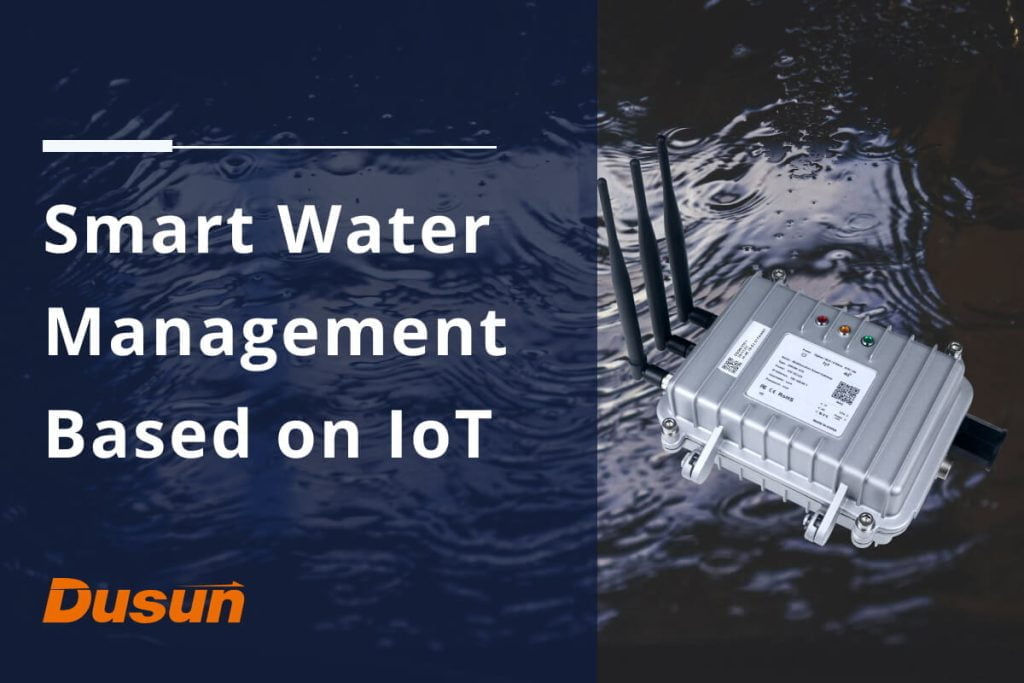Smart water management is the activity of planning, developing, allocating and managing the use of water resources using a range of IoT technologies. It relies on IoT devices and aims to increase transparency and make more rational and sustainable use of these water resources. This article details the various areas of smart water management and how they work to help you pick the best IoT device for you.
What is a Smart Water Management?
Smart water management monitors, controls and regulates the use and quality of water resources and maintains related equipment through system integration and a series of measures. The IoT gateway acts as a communication hub, allowing for smooth interaction between the system’s numerous devices and sensors.
It gathers information from various IoT devices and sensors installed across the water infrastructure, such as water quality monitors, flow meters, pressure sensors, and weather sensors. The IoT gateway communicates with these devices and retrieves data from them using wireless connectivity protocols such as Wi-Fi, Bluetooth, Zigbee, or cellular networks. When necessary, it can also deliver commands or configuration updates to the devices.
The gateway communicates with other components of the smart water management system, such as data gathering and communication infrastructure. It uses internet connectivity to link with cloud-based data storage and processing systems, sending captured and preprocessed data to the cloud platform.
Furthermore, the IoT gateway can provide real-time monitoring and control of linked devices. It is capable of receiving orders or instructions from the cloud platform and relaying them to the appropriate devices, enabling automated control and decision-making based on the analyzed data.
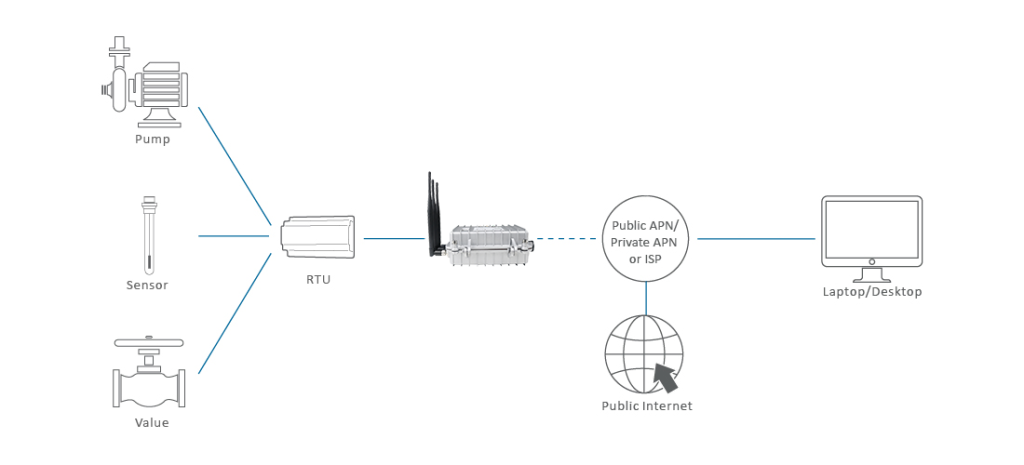
Benefits of Smart Water Management
Smart water management systems can provide property managers and equipment manufacturers greater control over water usage, preventive maintenance issues, and insight into cost-saving opportunities.
Improved Equipment Performance
IoT-enabled components and sensors built into water management equipment can deliver real-time information on performance indicators including pressure levels, flow rates, and energy usage. This information enables producers to keep an eye on how the machinery is running, spot possible problems, and proactively address maintenance and optimisation requirements, ultimately improving the performance and dependability of their goods.
Predictive Maintenance
Smart sensors can track data on characteristics like temperature, vibration, and consumption patterns to continuously check the health of water management equipment. Manufacturers can use predictive maintenance procedures, identifying probable failures or performance decline in advance, by analysing this data. This proactive strategy lowers repair costs, lessens equipment downtime, and increases customer satisfaction.
Remote Monitoring and Troubleshooting
IoT-enabled devices enable manufacturers to remotely monitor the functioning of their equipment and troubleshoot problems without being present on-site. Manufacturers can identify issues, offer remote help, and even start remote repairs or changes by gaining access to real-time data and analytics from linked devices. Time is saved, service costs are decreased, and customer support is improved through this capacity.
Effective Inventory Management
Real-time monitoring of equipment performance and utilisation is made possible by IoT connectivity for manufacturers. Manufacturers can optimise inventory management and guarantee the availability of spare parts or replacement components when necessary by analysing usage trends and predictive maintenance data. This lowers the price of inventory, limits stockouts, and boosts the effectiveness of the entire supply chain.
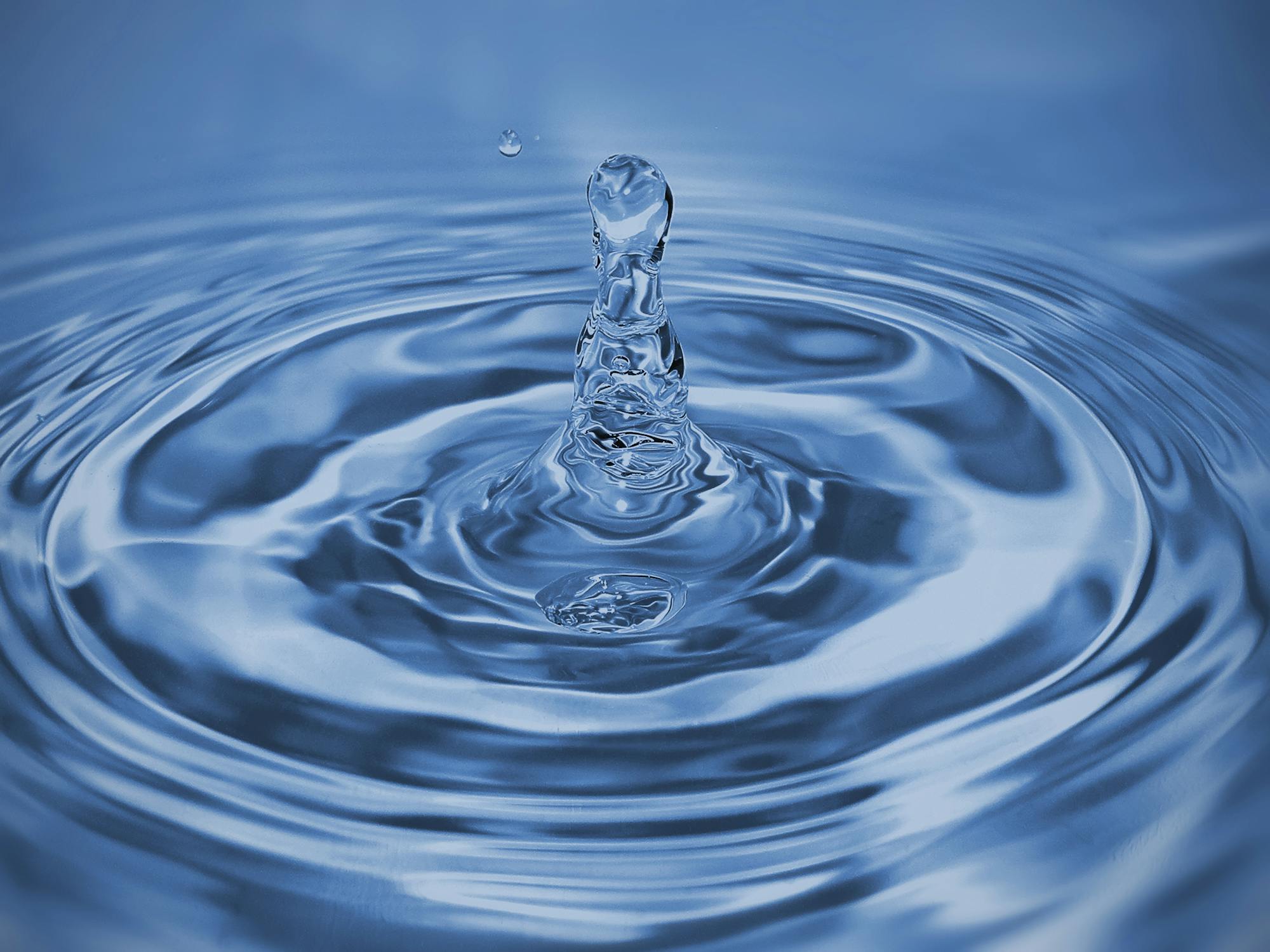
Smart Water Management Applications
Smart apartment water management
IoT technology has completely changed how water is managed in smart apartments, giving tenants and property owners new tools to monitor and regulate water use. Smart flat water management systems provide increased efficiency, conservation, and convenience by merging IoT sensors, data analytics, and automation. Smart water monitoring is one of the most important components of IoT-based smart flat water management.
IoT sensors are carefully positioned at key water infrastructure locations in the apartment, such as faucets, showers, toilets, and washing machines. These smart sensors continuously gather information on water flow, consumption trends, and even spot leaks or other irregularities.
The gathered data is sent to a central IoT gateway, where it is instantly processed and examined. The ability to discover potential areas for improvement and make well-informed choices regarding water conservation is made possible by monitoring water usage at a granular level. This provides residents and property owners with insights into their consumption habits.
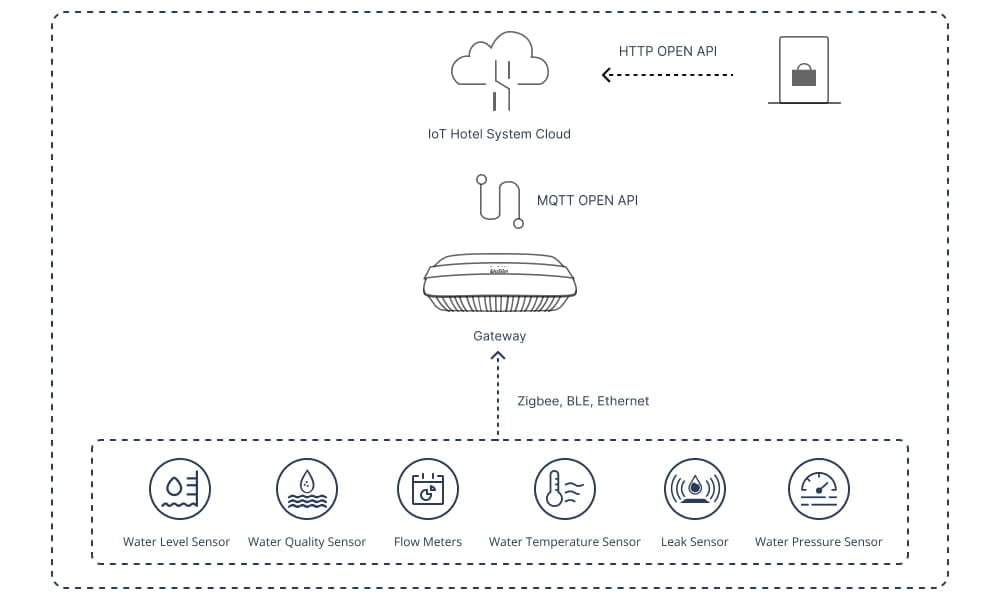
Fish Farming
IoT sensors placed in fish farming tanks or ponds collect data on water quality parameters such as temperature, pH levels, dissolved oxygen, and ammonia levels. The IoT gateway acts as a communication hub, receiving data from the sensors and transmitting it to the centralized data collection and communication infrastructure. The gateway preprocesses the data, filtering and aggregating it before sending it to the cloud platform for analysis.
Through the IoT gateway, fish farmers can remotely monitor the data, receive alerts, and make informed decisions regarding feeding, water exchange, and other critical factors for fish health and growth.
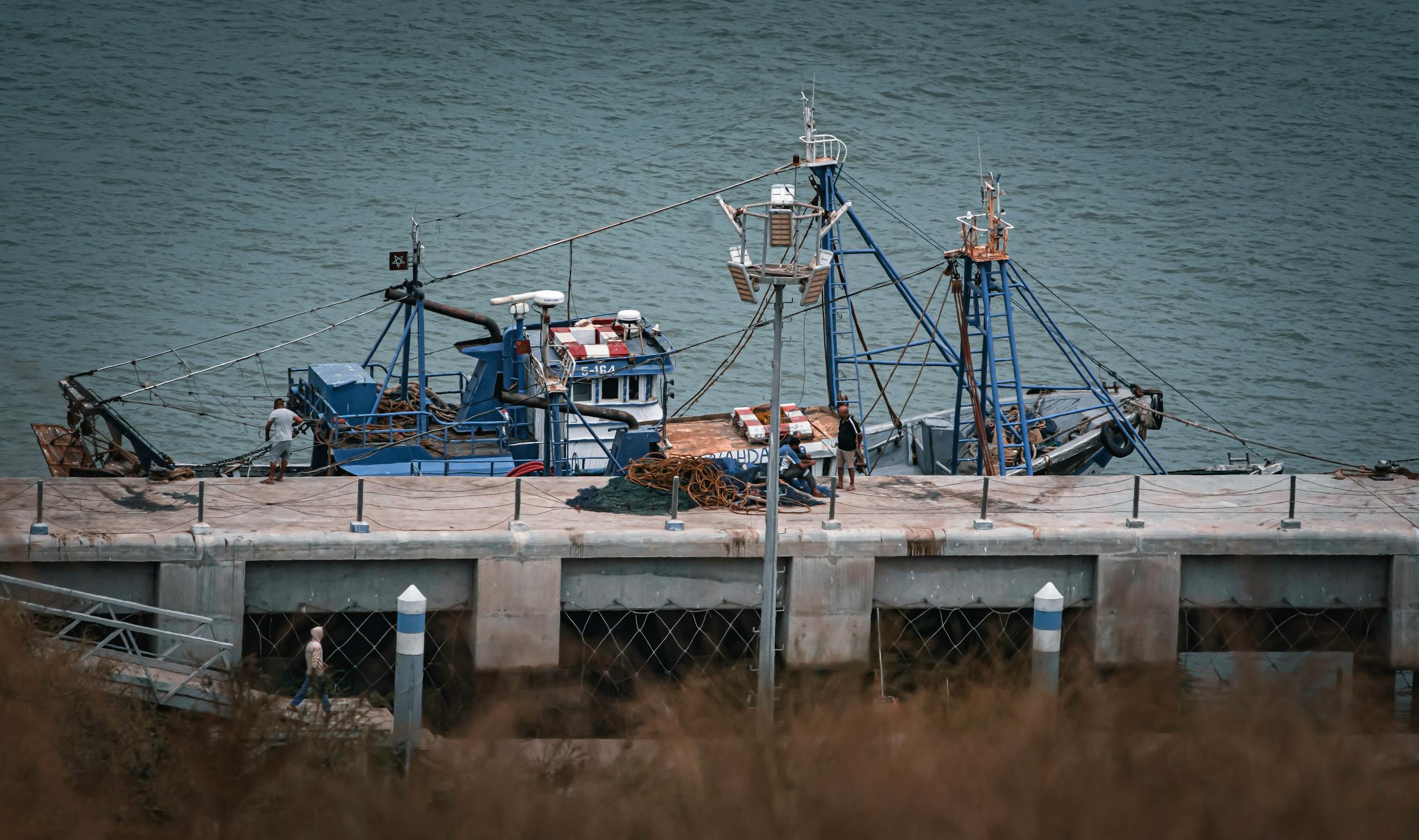
Chemical Wastewater Management
IoT sensors deployed in chemical wastewater treatment plants monitor parameters like pH, turbidity, chemical concentrations, and flow rates. The IoT gateway collects data from these sensors, performs initial processing, and securely transmits it to the cloud platform.
Real-time data from the gateway allows for continuous monitoring of wastewater quality, enabling timely actions to maintain compliance and optimize treatment processes. Through the gateway, operators can remotely monitor and control equipment, adjusting dosing and treatment based on data analysis, thereby improving efficiency and reducing costs.
Flood Protection
In locations that are prone to flooding, LIoT sensors such as water level sensors, rain gauges, and weather sensors are strategically placed. These sensors continually record information about the weather, precipitation, and water levels. The gathered data is sent to a centralized IoT gateway for real-time analysis.
Flood control officials may evaluate the severity of the situation, monitor the pace of increasing water levels, and forecast the possible danger of flooding by evaluating the sensor data. This early warning system prompts the right responses and promptly notifies local communities, emergency services, and key stakeholders.
The incorporation of automated control mechanisms is also made possible by IoT-based water management systems. The Internet of Things network, for instance, may be used to link distant floodgate control systems. Based on real-time data analysis, these technologies automatically modify floodgate opening and shutting.
Floodgates are devices that dynamically control water flow to avoid or lessen flooding in important regions.IoT technology also makes it easier to coordinate and communicate among different flood prevention methods. A central cloud-based platform can receive data from IoT sensors, enabling different stakeholders to access and evaluate the data at once.
This encourages cooperation and makes it possible for decision-makers to make well-informed choices based on current information.

Communication Interfaces for Smart Water Management
Smart water management systems depend on many communication interfaces to enable smooth data exchange across numerous components and stakeholders. Here are a few examples of common communication interfaces used in smart water management.
- MQTT and CoAP: These two Internet of Things protocols are appropriate for devices with little resources. They provide scalability, low power consumption, and excellent efficiency. They are especially well-suited for short- to medium-range installations with a concentration on publish-subscribe messaging and real-time data transfer.
- Wi-Fi: Wi-Fi is a popular option for smart water management systems in household or small-scale business settings since it offers high-speed wireless connection and is readily accessible. Compared to other protocols, it has a greater power consumption but also good efficiency and scalability.
- Cellular Networks: Cellular networks, such 4G LTE and 5G, provide extensive coverage and dependable connection, making them appropriate for remote monitoring and control of water management systems in locations lacking Wi-Fi coverage. They have a medium to high power consumption and efficiency yet provide good security and scalability.
- LoRaWAN: LoRaWAN was created primarily for long-range communication with minimal power consumption, making it appropriate for massive installations and distant locations with potential restricted power supplies. It is less efficient than other protocols, but it outperforms them in terms of coverage, scalability, and security.
| Protocol | Efficiency | Power Consumption | Range/Coverage | Scalability | Security |
| MQTT | High | Low | Short/Medium | High | High |
| CoAP | High | Low | Short/Medium | High | Medium |
| Wi-Fi | High | Medium/High | Short/Medium | High | High |
| Cellular | Medium/High | Medium/High | Wide | High | High |
| LoRaWAN | Low | Low | Wide | High | High |
The IoT protocol that is chosen for smart water management must meet a number of criteria, including those related to range, power consumption, scalability, and infrastructure accessibility. Low-power short- to medium-range installations work well with MQTT and CoAP. Wi-Fi is ideal for home and small-scale business applications. Cellular networks provide dependable coverage over a large area. For long-range installations with insufficient power sources, LoRaWAN is perfect.
SoC Technology in Smart Water Management
System-on-Chip (SoC) technology is often utilized in smart water management due to its highly integrated approach to cramming several functionality onto a single chip. IoT water management may become more compact and affordable using SoC technology, which will also improve their functionality and power efficiency.System-on-a-Chip (SoC) technology, which combines many functions and protocols onto a single chip, is essential to smart water management systems.
Versatility and Interoperability
Communication with several devices and protocols, including sensors, actuators, gateways, and cloud platforms, is often necessary for smart water management systems. Multiple communication protocols may be handled concurrently by a multi-protocol SoC, enabling easy interoperability between various system components.
This adaptability makes it simple to integrate the smart water management solution with a variety of tools and platforms, improving its overall usefulness and adaptability.
Reduced Hardware Complexity
There is no longer a need for separate chips or modules for each communication protocol since numerous protocols may be integrated into a single SoC. This lessens the complexity of the hardware, streamlines the design of the system, and decreases the price of production and maintenance. Additionally, it enables more space-saving and compact designs, which may be particularly advantageous in applications with limited physical area, such water meters or small-scale water monitoring systems.
Cost Efficiency
By lowering the number of components and the complexity of the whole system, a multi-protocol SoC may save money. The total manufacture and integration costs may be greatly decreased by combining numerous functionality onto a single chip. This may be particularly helpful in large-scale deployments when cost effectiveness is essential.
Energy Efficiency
By effectively handling communication protocols, a multi-protocol SoC may reduce power use. Depending on the needs of the application, it may dynamically transition between multiple protocols, minimizing power consumption and prolonging battery life in battery-powered devices. Smart water management systems must be energy efficient, particularly in rural and off-grid areas where the availability of electricity may be restricted.
Upgradability
Utilizing a multi-protocol SoC enables compatibility with many communication standards and protocols, enabling growth and upgradeability in the future. The system may be modified or expanded when new protocols are developed or old protocols are improved without needing significant hardware changes. This capacity to be future-proof offers scalability and flexibility to shifting technological environments.
Dusun Application for Smart Water Management
Dusun IoT has provided successful solutions for projects in different scenarios such as households, industries, and businesses in terms of smart water management. Below we introduce an IoT gateway that is extremely suitable for smart water management – DSGW-010. (But this is not the only suitable gateway, you can contact us through the side form or chat to customize or recommend the most suitable gateway for you.
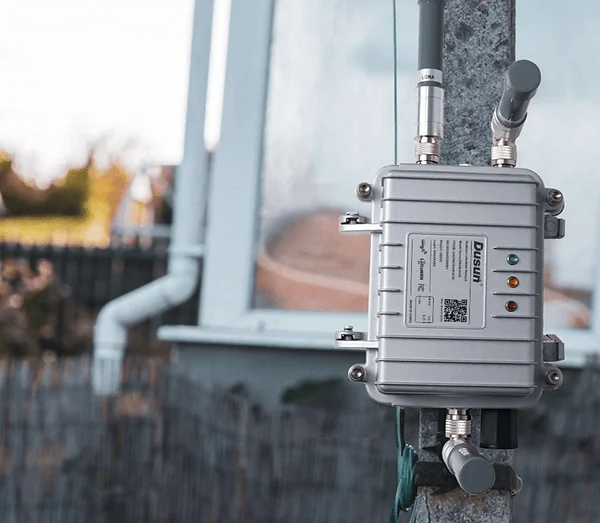
Industrial Grade and Waterproof
DSGW-010 IoT gateway can survive hard climatic conditions, making outside installations possible. Its waterproof IP66 design guarantees dependable functioning even in damp or humid conditions.
Strong Connectivity
The gateway offers a variety of connectivity choices by supporting numerous communication protocols, including Wi-Fi, Ethernet, 3G, 4G, and NB-IoT. This makes it possible for diverse water management tools and systems to integrate seamlessly.
Advanced Security Features
A key component of any IoT deployment is security. Data sent between devices and the central management system is protected by the DSGW-010 gateway’s secure communication channels and support for encryption protocols.
Scalability and Compatibility
As the water management system develops, the gateway’s high level of scalability will enable the installation of new devices or sensors. Additionally, it allows interoperability with many IoT platforms, making a variety of systems compatible with it.
Remote Monitoring and administration
Dusun DSGW-010 gateway enables remote monitoring and administration of water management processes. It makes it possible to gather, analyse, and regulate data in real-time, giving decision-makers the knowledge they need to optimise water use and take rapid action on problems.
Edge computing capabilities
Edge computing capabilities are built into the gateway, allowing for data processing and analysis at the network’s edge. As a result, latency is decreased, reaction times are accelerated, and system efficiency is increased.
Customization and Integration
Dusun IoT offers the ability to modify the gateway’s features and functions to meet particular requirements for smart water management. It can smoothly interface with current water management systems, giving it a flexible option for a variety of applications.
Smart Water Management FAQs
In what ways do IoT sensors lessen water waste?
Water waste can be decreased by using IoT devices to monitor water use. Smart sensors can monitor water pressure in pipes and other infrastructure while also detecting water leaks, providing real-time data that can be utilised to control water flow and swiftly identify leaks.
What will the IoT-based system for monitoring water quality look like in the future?
The project’s future scope includes environmental monitoring, drinking water quality control, waste water treatment and disinfection, among other things. This system might be used in a number of industrial operations.
What is the water monitoring system’s methodology?
Utilising data from the examination of the core water quality metrics, the process creates a water quality index. The others are included to characterise the water body, while some of these metrics are direct measurements of water quality for the ecology or human health.









